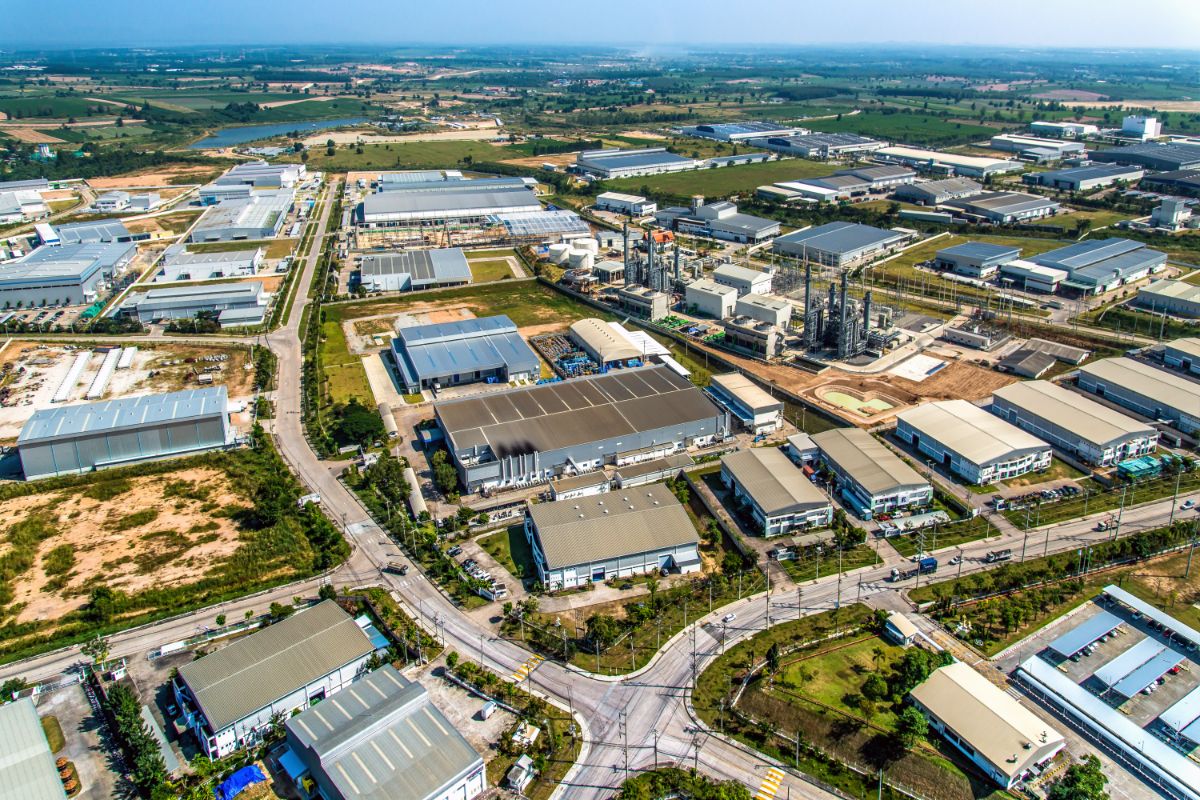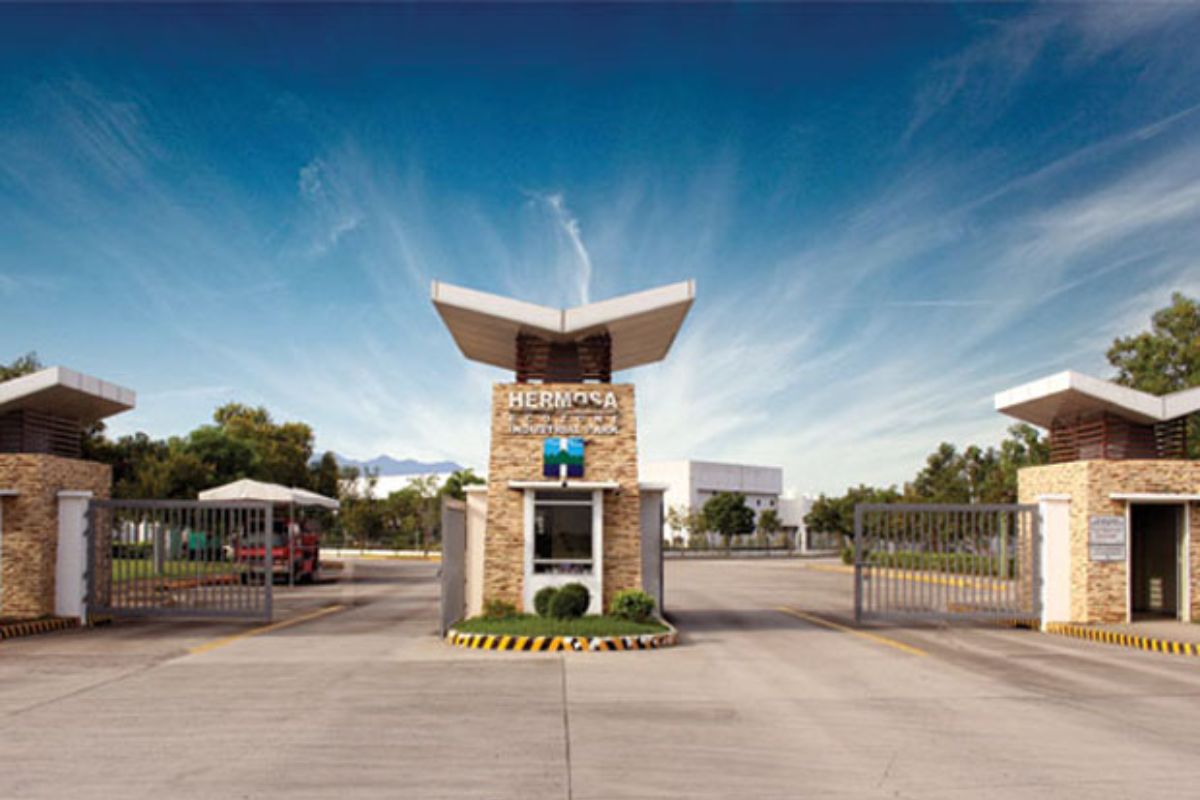What are important terms to know in industrial real estate?
- Net operating income
- Cash on cash return
- Capitalization rate
- Debt coverage ratio
- Loan-to-value ratio
- REIT
- Building classifications
Investing in industrial real estate can be a lucrative venture, offering opportunities for long-term growth and stability. However, navigating the complexities of this specialized market requires a thorough understanding of key terms and concepts. Before embarking on industrial real estate investment, it is essential to familiarize yourself with crucial terminology to make informed and strategic decisions. In this article, we present eight essential terms that every investor should know before delving into the world of industrial real estate. Equip yourself with this knowledge to unlock the potential of this dynamic sector and pave the way for successful investments.
Net Operating Income
Comprehending the Net Operating Income (NOI) is a fundamental concept in the realm of industrial real estate investments, as it represents the annual income generated by an income property after deducting property expenses. It is crucial for assessing the profitability and worth of an industrial income property.
However, the NOI does not encompass loan payments, depreciation, amortization, or capital expenditures. It is always calculated before taking tax implications into account.
Cash on Cash Return
Cash on Cash Return (CoC) serves as a measure of the ratio between an asset’s annual cash flow and the initial down payment made for an industrial property.
The CoC is generally calculated before considering taxation. Therefore, the focus is on the cash return before any tax deductions or obligations are factored in.
Capitalization Rate

The capitalization rate, often referred to as the cap rate, serves as a crucial metric in the realm of industrial real estate. It allows investors to assess the relationship between a property’s net operating income (NOI) and its current market value or listed price, whichever is lower.
A low cap rate associated with a property signifies a higher price point, indicating a perception of lower investment risk. Conversely, a higher cap rate corresponds to a lower price, suggesting a potential increase in risk.
For investors, the cap rate is an invaluable tool for evaluating the income-generating potential of a property and facilitating comparisons among diverse investment opportunities. Understanding the cap rate empowers investors to make well-informed decisions, enabling them to maximize returns and align their investment strategies with their financial goals.
Debt Coverage Ratio
The debt coverage ratio (DCR) or debt service coverage ratio (DSCR) assesses the relationship between an investment property’s net operating income (NOI) and its forthcoming debt service or loan payments.
For lenders, the DCR serves as a pivotal tool to gauge the property’s ability to generate adequate income to cover its debts. This ratio provides valuable insights into the property’s cash flow potential, ensuring that it can effectively meet loan obligations.
Typically, lenders stipulate a DCR requirement ranging from 1.15 to 1.35 times the NOI divided by the annual debt service. This criterion implies that the property’s income should exceed the annual loan payments by 1.15 to 1.35 times, meeting the lender’s standards for a secure investment.
Investors and lenders rely on the debt coverage ratio to make informed decisions, ensuring a sound financial foundation for industrial real estate investments and safeguarding against undue financial risks.
Loan-to-Value Ratio

The loan-to-value ratio (LTV) represents the percentage of a property’s price or value that is borrowed through a loan. It plays a vital role in determining the amount of financing required for the overall value of the property.
In simpler terms, the LTV offers a clear indication of the proportion of the property’s price that is being financed. A higher LTV corresponds to a greater financing requirement, which indicates that the lender perceives a higher level of risk in the investment. That’s why lenders are careful when it comes to assessing the risk associated with income properties and assigning a specific LTV.
REIT
A Real Estate Investment Trust (REIT) operates as an investment vehicle that functions similarly to stocks, representing a company that owns or finances income-generating properties. As an industrial real estate investor, you can invest in a REIT by purchasing shares in properties that generate rental income. In return, you receive dividends from the rental payments collected by property management companies that own these income-producing assets.
REITs present an appealing opportunity for industrial real estate investors, offering the potential for significant investment returns. However, it is essential to acknowledge that REIT investments carry a certain level of risk, as the value of REIT shares can fluctuate, mirroring the volatility experienced in the stock market. Investors should approach REIT investments with a prudent and diversified strategy, considering the overall portfolio risk and potential for long-term growth and income generation.
Building Classifications
Finally, industrial buildings are commonly classified into four categories: A, B, C, and D. The classification of a building is determined based on its value. For instance, class A buildings are regarded as the most valuable and prestigious. These properties typically offer desirable features, amenities, and prime locations. Consequently, they often yield the highest rental returns in the market.
In contrast, buildings belonging to classes B, C, and D have lower asset values in comparison. They may have fewer attractive amenities, features, or less desirable locations, which can have an impact on their rental potential and overall value.
Key Takeaway
Familiarizing yourself with these terms is essential before investing in industrial real estate. This helps you mitigate risks and identify lucrative investment opportunities in the industrial sector.
SPPI provides end-to-end services for investors, including site selection and ongoing support in our industrial parks. We go beyond the acceptance and turnover of the lot, as we maintain regular and constant communication with our clients. This ensures that we are always available to address their needs and offer the necessary support for smooth day-to-day operations.
For more information, contact SPPI here. Our industrial parks are looking forward to being your company’s home in the future.



